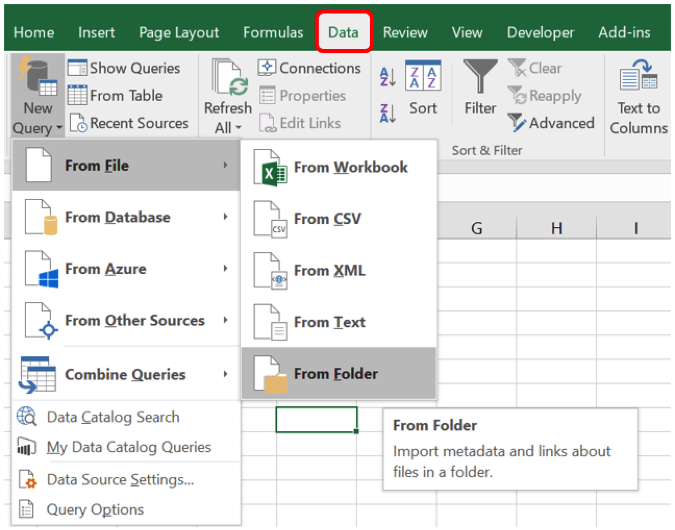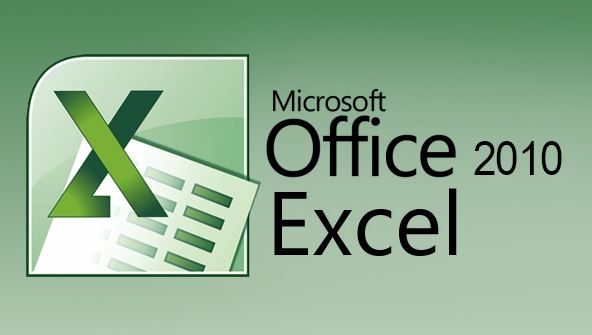


The main advantages of visual data exploration over automatic data mining techniques that use statistics or machine learning are : Visual analytics comprises several areas spanning analytical reasoning techniques (to enable users to assess, plan, and make decisions), visual representations and interaction techniques (to take advantage of the human eye's broad bandwidth pathway into the mind to allow users to see, explore, and understand large amounts of information at once), data representations and transformations (that convert all types of conflicting and dynamic data into visual and analytical representations), and techniques to support production, presentation, and dissemination of the results. Visual analytics is an inherently multi-disciplinary field that aims to combine the methods and strengths of various research areas, including human-computer interaction (HCI) and usability engineering, cognitive and perceptual science, decision science, information visualisation, scientific visualisation, geospatial visualisation, databases, data mining, statistics, knowledge discovery, data management and knowledge representation, geospatial analytics, and graphics and rendering, among others. The goal is not only to permit users to detect expected events, such as might be predicted by models, but also to help users discover the unexpected-the surprising anomalies, changes, patterns, and relationships that are then examined and assessed to develop new insights. The synergic integration between computation, visual representation, and interactive thinking supports intensive analysis by harnessing the human visual system to support the process of sense-making, in which information is collected, organised, and analysed to generate knowledge and plan actions.

The basic idea of visual analytics is to visually represent the information, allowing the human to directly interact with the underpinning data to gain insight, draw conclusions, and ultimately make better decisions. Visual analytics is an enhancement of the information visualisation concept and can be seen as an integrated approach combining visualisation, human factors and data analysis.

The goal of visual analytics is to make the processes of data elaboration, information gathering and knowledge generation transparent to tool users. Thanks to the enormous increase in the processing power of computers and their graphics handling capabilities, we are now able to implement extremely powerful visual and interactive knowledge discovery environments that can empower individual researchers or groups of researchers to make well-informed decisions in complex situations. Visual analytics is an emerging area of research and practice aimed at leveraging the excellent capabilities of humans in terms of visual information exploration.
DATA MINING ADD IN EXCEL 2010 64 BIT ARCHIVE
Interested readers can download a Zip archive (included with the manuscript as an additional file) containing all files, modules and library functions used to deploy the WHO mortality data Pivot collection described in this paper. The authors also present a practical demonstration of geospatial visual analytics using partial data for 35 countries from a publicly available World Health Organization (WHO) mortality dataset and Microsoft Live Labs Pivot technology, a free, general purpose visual analytics tool that offers a fresh way to visually browse and arrange massive amounts of data and images online and also supports geographic and temporal classifications of datasets featuring geospatial and temporal components.
DATA MINING ADD IN EXCEL 2010 64 BIT SOFTWARE
This paper introduces geospatial visual analytics, a specialised subtype of visual analytics, and provides pointers to a number of learning resources about the subject, as well as some examples of human health, surveillance, emergency management and epidemiology-related geospatial visual analytics applications and examples of free software tools that readers can experiment with, such as Google Public Data Explorer. The goal of visual analytics is to facilitate the discourse between the user and the data by providing dynamic displays and versatile visual interaction opportunities with the data that can support analytical reasoning and the exploration of data from multiple user-customisable aspects.


 0 kommentar(er)
0 kommentar(er)
